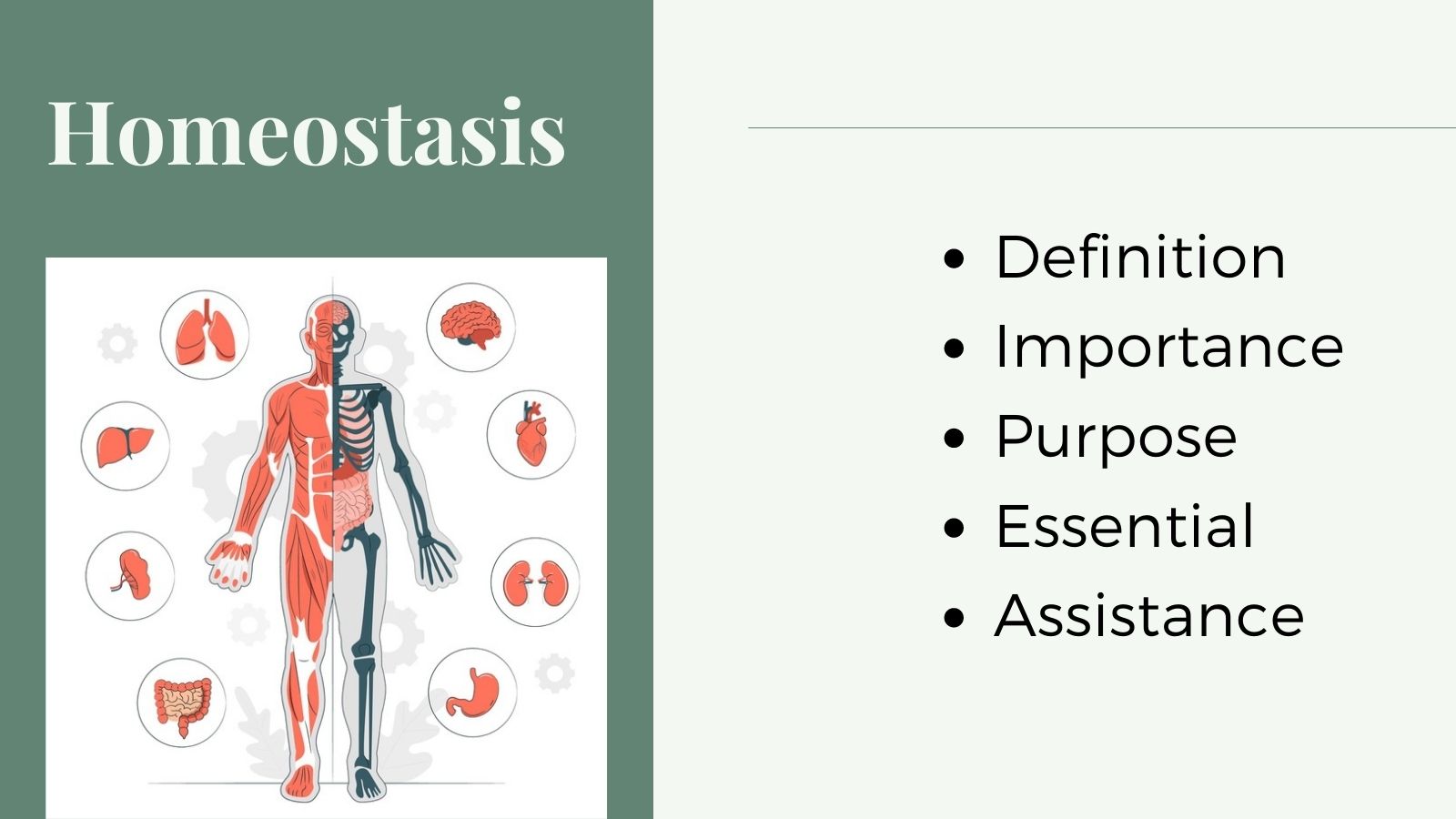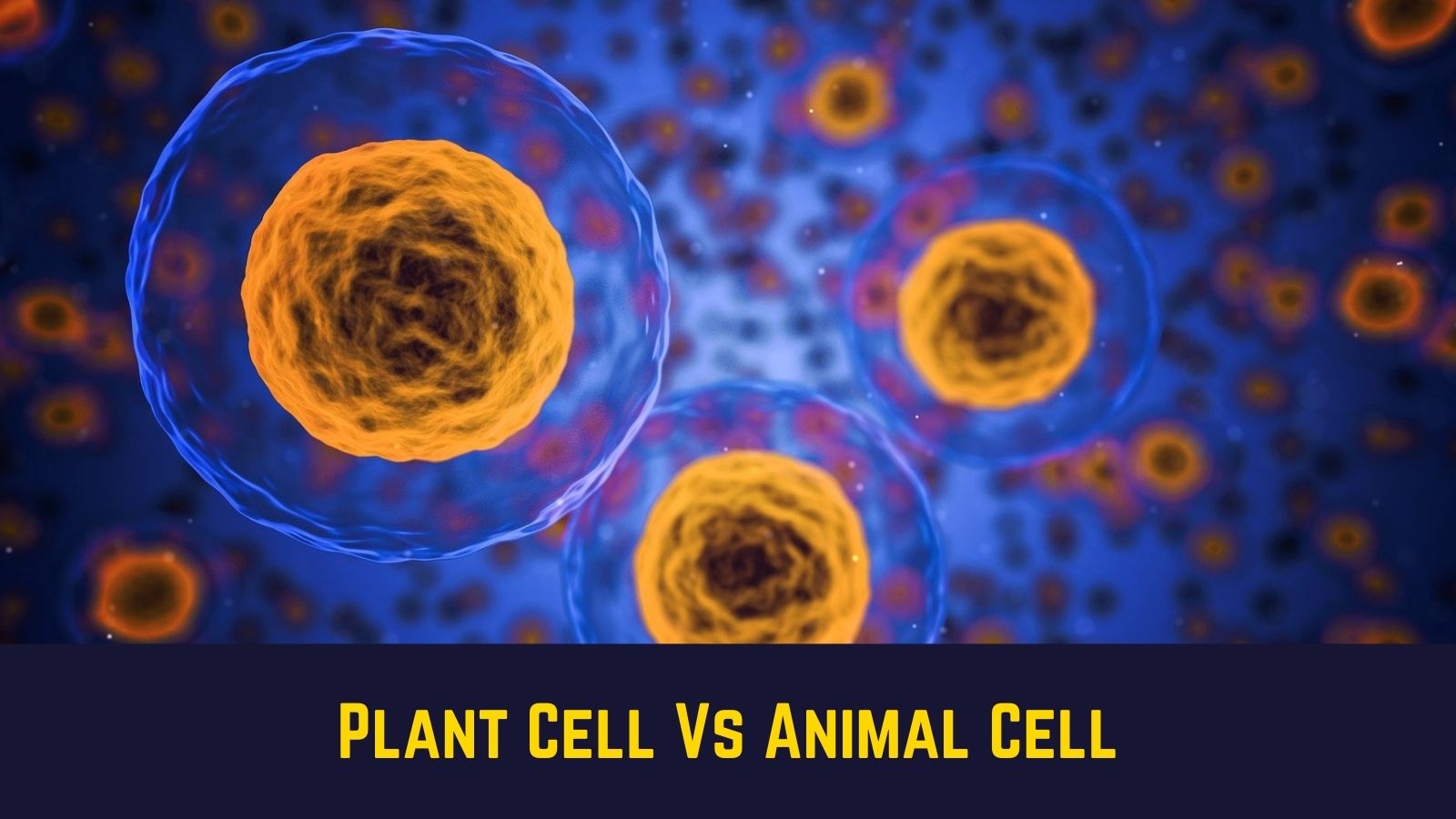
What is the temperature of your room, where you're right now? It might be 37 degrees Celcius. The body temperature of the human body is close to this value. The ability to keep up a stable and steady internal atmosphere is Homeostasis. If you are a student of biology, specifically Physiology, you might have writing tasks on Homeostasis. Here in this blog, we will explore many aspects of Homeostasis that would help you strengthen your knowledge and understanding.
Definition Of Homeostasis In Biology
Well, the term Homeostasis is a Greek word that is a combination of "homoios," which means "same," and "stasis," which means "steady." Thus, Homeostasis is the feature of cells, tissues, and organisms, which helps maintain the regulation of different organs to function correctly. It is the state of being healthy and supported by continuous regulations of physiological and biochemical pathways.
What is Homeostasis?
Homeostasis refers to the feature of our body system that preserves the balance and constancy between the internal and external atmosphere. Our body maintains Homeostasis for many factors, in addition to temperature. From plants to animals, and human beings, all living organisms need to adjust their internal environment to process energy for survival.
Importance Of Homeostasis
All living organisms require to maintain Homeostasis continuously to work, grow up, and stay alive. Generally, Homeostasis is fundamental for standard cell functioning and general life balance.
- In the human body, the process named diffusion and osmosis is responsible for the entry and exit of essential chemicals like Carbon dioxide (CO2), Oxygen (O2), and food. To keep the process smooth and continuous, Homeostasis helps our body maintain adequate salt balance.
- The human body works on specific PH values, and to maintain these values, several enzymes, and molecules functioning is necessary. Yet again, Homeostasis shows a fundamental role in preserving a steady body temperature (37C/98.6F) for enzyme functioning and maintaining different PH values in various body parts.
For an example of Homeostasis, blood has a basic pH to accommodate hemoglobin. If in case of the pH level changes, hemoglobin will not be able to deliver oxygen to the different parts of the body, which can lead to immediate death.
- Homeostasis helps the skin regulate body temperature during dilation and constriction of sweat and shaking. It also keeps the stability of water and other solutes throughout its plane. The breakdown of homeostatic instruction in the body arrangement will cause conditions that may be fatal.
What Would Happen Without Homeostasis?
The failure of Homeostasis leads to the inability to balance actual physiological states that can be disastrous for an organism. Deficiency occurs when the path gets blocked and cells start misfunctioning, which causes a lack of an adequate quantity of vitamins or minerals. Let's understand with some examples:
- If the body's temperature falls too low or too high, this may cause hypothermia or heatstroke, and both conditions are life-threatening. On the other hand, Homeostasis maintains the balance in human body temperature and allows smooth functioning.
- If your body fails to maintain the energy level balance, it might cause obesity or diabetes.
- If Homeostasis fails, the body will not maintain the amount of calcium in the blood. Thus it may cause a low or high level of calcium, which is hypocalcemia or hypercalcemia.
- If water balance is a problem, then it may cause dehydration or hyper-hydration leads to dangerous conditions for the human body.
- Physical activities are important for the appropriate performance of the cells and bodies. Lacking physical activity directly influences Homeostasis. For example, not sleeping well may cause several health-related problems such as irregular heartbeat, headache, and anxiety.
What Is The Main Purpose Of Homeostasis?
The major purpose of Homeostasis is to sustain a balance in the body's internal environment without any intervention by external stimuli. Homeostasis aims to keep an average balance inside the body concerning its temperature, water concentration, salt concentration, and food ingestion. The human body needs to function generally with less variation for each factor. If the body detects any changes in these factors through different organs, it starts giving signals by changing the health status. A communication system between the brain and other organs involves neurons and endocrine hormones, which start restoring the previous version of temperature, water regulation level, salt level, and energy level.
Why Is Homeostasis Important For Survival?
Their balance points are constantly pushing a biological system like humans and animals. Homeostasis is vital for survival and maintaining a better internal condition to keep a balance. Hormones secreted by the endocrines system helps Homeostasis to happen.
The basic unit of life, which is the cell, creates a multi-celled organism that helps manage the waste outside their cell and reaches the standard and internal temperatures. Homeostasis depends on the negative feedback loops, which means if anything in the internal mechanism upsets, the Homeostasis starts functioning.
Successful Homeostasis and survival are important for living things; for example, the disease called diabetes results from a broken feedback loop that lacks the hormone insulin.
Now that you have an indispensable understanding of Homeostasis, you can use this information to paper on Homeostasis or do further research on the topic.
How Is Homeostasis Important To The Survival Of Organisms?
It is vital to know that Homeostasis happens naturally when the body system is stable and functions appropriately. Homeostasis is vital for the survival of organisms and maintains the temperature, pH, blood pressure, toxins, calcium, etc.
- Temperature: It is crucial for living organisms that the body uphold a relatively constant temperature. Usually, when the body gets hot, it starts utilizing vasodilation to cool the temperature and expand the blood vessels to get the heat out of the skin.
- pH balance: The amounts of acid and base in the blood are controlled by the body's internal mechanism. If any malfunctioning in the pH level, the lungs push carbon dioxide out of the diaphragm to increase or decrease the body's pH levels.
- Blood pressure: Homeostasis maintains a healthy blood pressure level in organisms. The heart gets signals from the brain for speeding up or slowing down the blood pressure as per the requirements.
- Calcium: Human body contains 99% calcium in bones and 1% in teeth. Calcium also circulates the blood in the body system. This is why regulating homeostasis balances the level of calcium. Lacking or any disbalance may cause severe damage.
Why Is Homeostasis Essential For Living Things?
Living organisms are complex machines, but many of their parts and processes exist simply to maintain Homeostasis. Here is why Homeostasis is essential for living things:
To Stabilize The Population In An Ecosystem
For the easy functioning of the ecosystem, Homeostasis maintains equilibrium differently. If anything uncertain happens, a considerable population gets wipe down by natural disasters or other activities. Therefore, stability in the population is crucial for balancing the ecosystem.
Regulation Of Light In Eyes
Homeostasis maintains the amount of light that passes through our eyes. The eyes get contracted when the excess lights enter; however, the pupil expands when you go into the dark place.
To Maintain Breathing Patterns
Breathing is an unconscious action, and the nervous system of all living things helps maintain balance by utilizing necessary oxygen (O2) by breathing patterns. Homeostasis is significant for the regulation of fluid (i.e., water) and the concentration of ions.
Still, Confused About Solving Biology Papers? Get Assistance From Our Experts
Are you tired of spending long hours completing your assignment and still stuck with biology assignments? Then, you must hire the expert's assignment help online. We will give you the best assistance, which helps you to get excellent grades on Homeostasis.
We believe in delivering the best quality and original writing, as this is the fundamental objective of your professors. Check out how our experts can help you with your homeostasis assignments:
- On-time Delivery- We ensure that all our assignments are completed on time and delivered to the student well before the deadline.
- Nominal pricing- You don't have to spend a lot to get assignment help on science from us. Our charges are meager, and we provide different offers and discounts that will lower the prices further. So even if you have a nominal budget, you can easily afford our service.
- Free revisions- Contact our writers on live chat and get your assignment altered as per your suggestions, all without paying anything extra!
- Quality Work- No matter the level of issues you face with writing your homeostasis paper, our professional Ph.D. experts will provide you with the best and correct solution for that. We will help you draft a perfect copy on Homeostasis, nursing assignment writing service, programming, IT, or any other discipline
- Confidentiality policies- All your personal and contact details are safe with us, and we will never publish your name anywhere you don't want us to
- Plagiarism-free solutions- Our writers who are immensely experienced in assignment writing always write from scratch after conducting concentrated research and analysis on assignment topics. They also use plagiarism-detecting tools like Turnitin and ensure authenticity with valid proof. So, you can rely on us for the best help with biology assignments and impress your professors with ease.
- 24*7 customer support- Our Customer Support Team is available 24 hours to answer students' queries.
Contact us now to improve your academic performance.









Loved reading this Blog? Share your valuable thoughts in the comment section.
Add comment